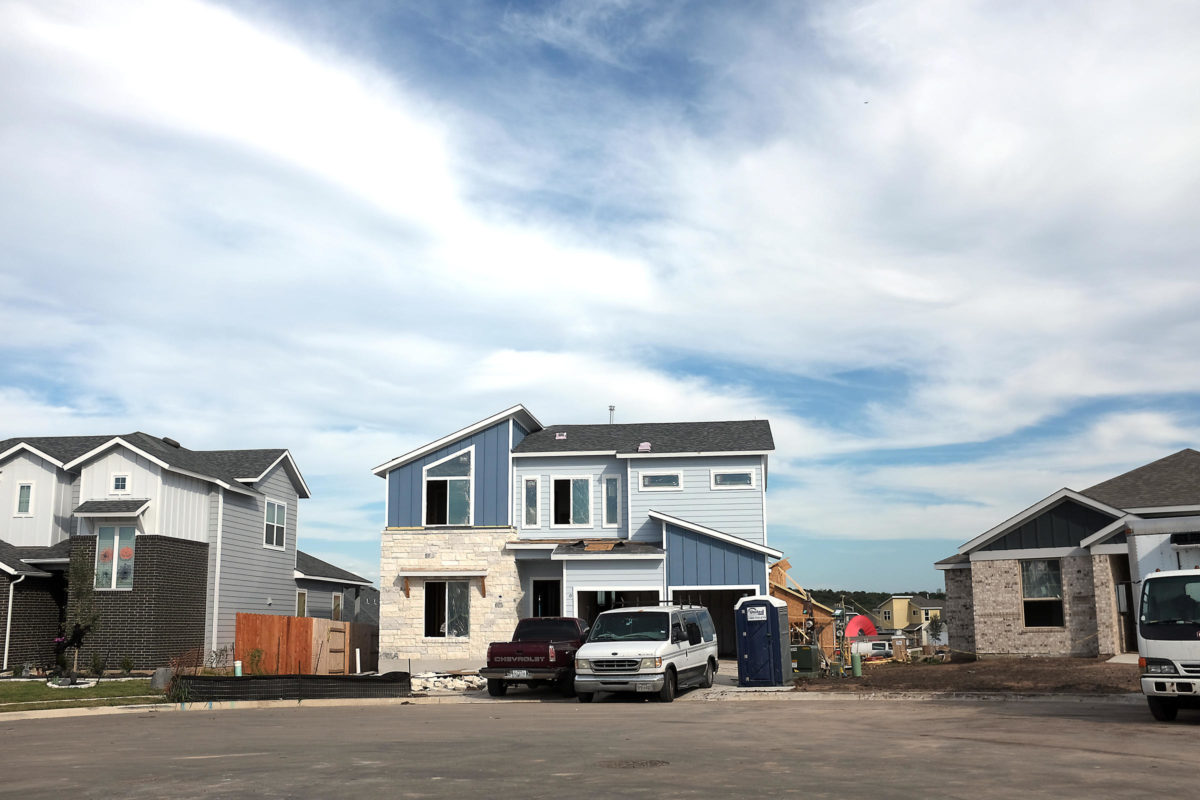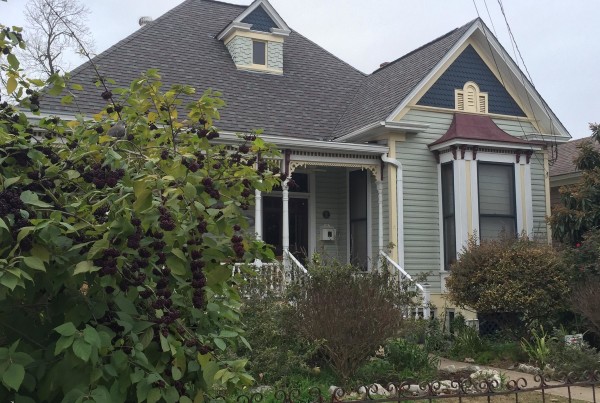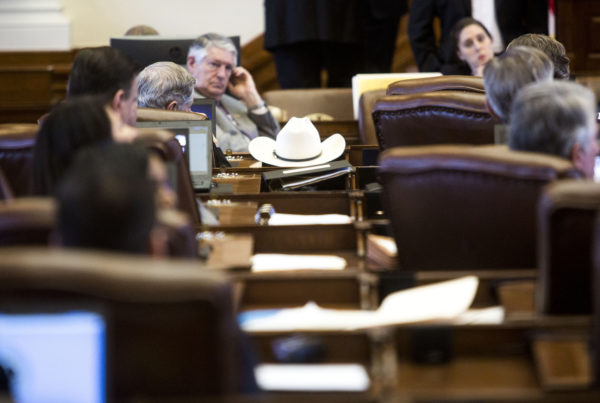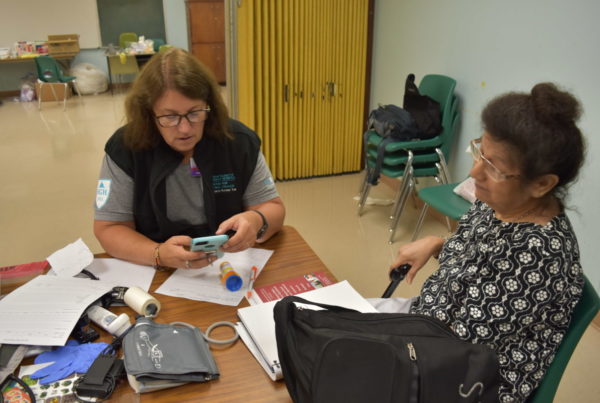The middle class is making gains, according to number from the Census Bureau. The latest numbers show the median household income for a U.S. family of four is now $59,030: the highest median income on record, topping the previous high set during the dot-com days of the late 1990’s.
The poverty rate is dropping too. in 2016, there were 2.5 million fewer people living below the poverty line than the year before. More than 2.2 million more workers joined the employment rolls during the same period.
But the middle class isn’t just about the money you’re making. According to data from the Pew Research Center, the percentage of the population within the middle class has been declining for the past four decades.
To find out what it means to be part of the middle class in Texas, The Standard took a look at four communities. We wanted to know how far that median family income of $59,030 goes, and how close each town’s citizens are to earning it.
Katy
The Houston suburb of Katy comes to mind for many when they imagine a modern Texas middle class community – a place with its share of big-box sprawl, good schools, suburban conveniences and new housing developments. Katy’s population is 83 percent white, 23 percent Hispanic and four percent African-American.
Dennis Spellman, Founder and Editor-in-Chief of the news site, Covering Katy says Katy is preparing as the oil industry heavyweights usually associated with Houston are bringing jobs to his city.
“They call it the “energy corridor,” the west side of the Katy Freeway, going west of the city of Houston,” Spellman says.
Because jobs are plentiful, and new housing developments are being built, Spellman says, home prices in Katy are going up, making it hard for a family at the national median income to afford to buy. And the high quality of Katy schools comes at a cost for those who do buy homes – higher property taxes.
Spellman says Katy’s mood is upbeat, probably due to its relative prosperity.
“It’s a community where people pretty much deal with things as they come,” he says.
Dallas
The city at the heart of the north Texas metroplex is more diverse, both ethnically and economically than Katy.
Nicole Stockdale, Deputy Editorial Page Editor at the Dallas Morning News says that the median income for Dallas residents is $10,000 below the national average. She quotes Dallas Mayor Mike Rawlings, who says Dallas has a “barbell” economy.
“The average income for the wealthiest percent in Dallas County tops $1.7 million,” Stockdale says. “..If you look at the rest of us combined, the average income is just under $46,000.”
The difference in income between wealthy Dallas residents and others cuts along racial lines, Stockdale says.
“I think what we’re seeing in Dallas mirrors what we’re seeing in Texas and the nation as a whole… You have African-Americans make substantially less on average than what the white population of Dallas is making,” Stockdale says. “And you see that bear out in all sorts of ways. You have different unemployment numbers, you have different median income numbers.”
Finding an affordable home in Dallas is complicated not only by the barbell, but by the area’s hot real estate market.
“Rent for [a] one-bedroom [apartment] has gone up 12 percent, year over year,” Stockdale says. “And the market for buying a home is similarly challenging.”
McAllen
Like Dallas, McAllen has a median income significantly below the national number. In Hidalgo County, where McAllen is located, that comes to $40,000 for a family of four.
Carlos Sanchez, Editor of the McAllen Monitor says that the upside for McAllen residents is that housing is affordable. The average home price is around $125,000.
Sanchez says the rate of home ownership in McAllen is high, despite the area’s relatively low wages.
“One suspicion is that there is a high passalong rate,” Sanchez says. “Families tend to pass homes on to their children.”
Sanchez says McAllen, and the border region generally, has a different economic landscape than the rest of the nation.
“Right now, the economics of the region are being challenged,” he says. “…A lot of our economy is dependent on the Mexican economy, because there’s so much cross-border trade… The pseo is being strained. And it has been losing its value. And when the peso loses its value, you see an immediate economic impact.”
Lubbock
In Lubbock, median household income is $45,000.
Jay Leeson, Host of West Texas Drive and columnist for the Lubbock Avalanche Journal says that number also holds for many of the surrounding, more rural counties in north Texas. Leeson says the area’s fortunes, and its mood, are tied to what’s happening in agriculture.
“We’re going to have a good cotton year, at least in this part of Texas,” Leeson says. “Unfortunately, in the agriculture industry right now, it takes a hurricane in the south to drive cotton prices up to where they need to be.”
Leeson says cities in the area, Lubbock included, have benefited from an influx of former rural residents, looking for opportunity.
Written by Shelly Brisbin,














